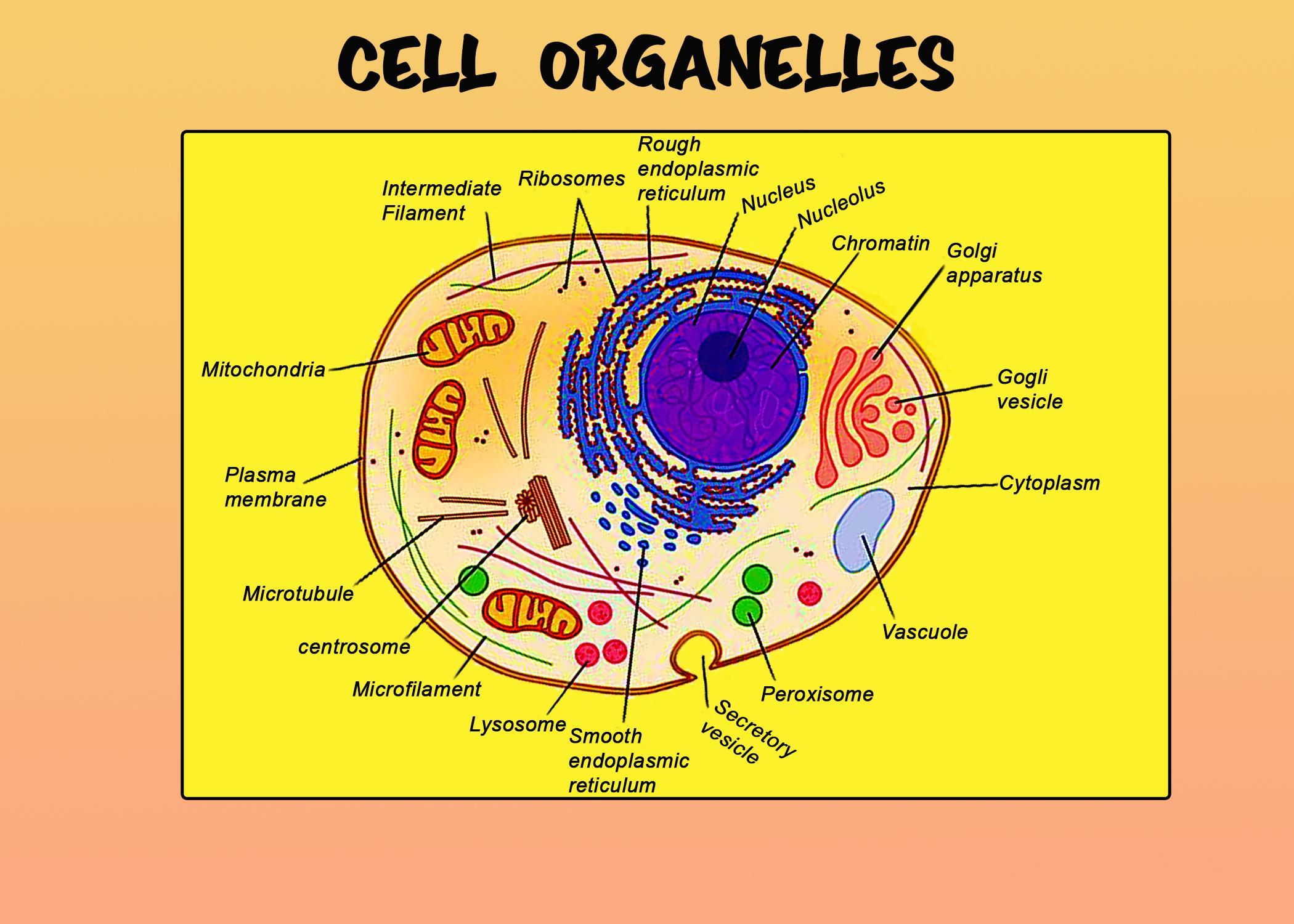
Differentiate between cell organelles and cell inclusions.
(a)Cell organelles are living components, cell inclusions are non-living components
(b)Cell organelles are non-living components, cell inclusions are living components
(c)Both (a) and (b)
(d)None of the above
Answer
548.7k+ views
Hint: Cell is defined as the structural and functional unit of all living organisms. A cell can be replicated by itself independently. The cell contains a fluid called cytoplasm which is enclosed within the cell membrane. The cell consists of several organs that perform different functions to carry out life processes. They provide structure and support to the organism.
Complete answer:
Cell organelles are living components and cell inclusions are non-living components.

So, the correct answer is 'Cell organelles are living components, cell inclusions are non-living components'.
Note: It is discovered that our body contains around 75-100 trillion cells. Cell's nucleoid contains the cell’s DNA which is the source of genetic information. Cells can vary their size from 1-100 micrometers. Our body contains about 95% of bacterial cells among which the majority of them live on the skin. If a cell is infected or undergoes any damage it destroys itself and this process is known as apoptosis. If a cell is unable to undergo apoptosis it is the result of the development of cancer.
Complete answer:
Cell organelles are living components and cell inclusions are non-living components.
| Cell organelles | Cell inclusions |
| Cell organelles are the cellular components that include both membrane and non-membrane-bound organelles present in cells. | Cell inclusions are non-living substances which are intracellular and are not bound by any membrane. |
| They are distinct in their structure and functions. | They do not carry out any metabolic activity. |
| Some of them provide shape and support whereas some help with the locomotion and reproduction of the cell. | They are stored within the cytosol of the cytoplasm in the form of nutrients, secretory products, and granular pigments. |
| The organelles are categorized into three parts based on the presence or absence of membrane: organelle is without membrane, single membrane-bound organelles, and doubles membrane-bound organelle. | They are considered as the various or nutrients pigments which can be found within the cell. |
| The cell wall, ribosomes are some of the organelles without membrane. Vacuole, lysosome, endoplasmic reticulum are some of the single membrane-bound organelles. Nucleus, mitochondria, and chloroplast are some of the double membrane-bound organelles. | Cell inclusions include glycogen, lipids, and pigments like melanin, hemosiderin, and lipofuscin. |

So, the correct answer is 'Cell organelles are living components, cell inclusions are non-living components'.
Note: It is discovered that our body contains around 75-100 trillion cells. Cell's nucleoid contains the cell’s DNA which is the source of genetic information. Cells can vary their size from 1-100 micrometers. Our body contains about 95% of bacterial cells among which the majority of them live on the skin. If a cell is infected or undergoes any damage it destroys itself and this process is known as apoptosis. If a cell is unable to undergo apoptosis it is the result of the development of cancer.
Recently Updated Pages
Master Class 12 Business Studies: Engaging Questions & Answers for Success

Master Class 12 Economics: Engaging Questions & Answers for Success

Master Class 12 English: Engaging Questions & Answers for Success

Master Class 12 Maths: Engaging Questions & Answers for Success

Master Class 12 Social Science: Engaging Questions & Answers for Success

Master Class 12 Chemistry: Engaging Questions & Answers for Success

Trending doubts
What is meant by exothermic and endothermic reactions class 11 chemistry CBSE

Which animal has three hearts class 11 biology CBSE

10 examples of friction in our daily life

One Metric ton is equal to kg A 10000 B 1000 C 100 class 11 physics CBSE

1 Quintal is equal to a 110 kg b 10 kg c 100kg d 1000 class 11 physics CBSE

Difference Between Prokaryotic Cells and Eukaryotic Cells




